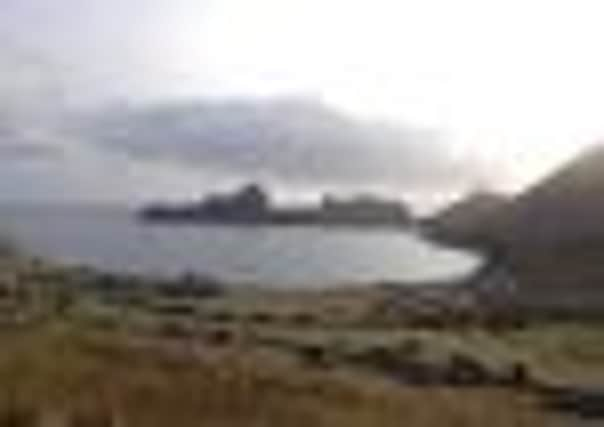Recruitment call for St Kilda artists in residence


• Arts and heritage groups launch recruitment drive for two artists in residence at St Kilda
• National Trust for Scotland and Taigh Chearsabhagh Museum and Arts Centre seek visual artists to stay at “inspiring” archipelago
Advertisement
Hide Ad• St Kilda has seen visits from artists such as Norman Ackroyd RA, Thomas Joshua Cooper and Claire Harkess in recent years


The dramatic beauty and isolation of St Kilda archipelago, which lies 41 miles west of the Isle of Benbecula, could prove a massive attraction for many artists.
The National Trust for Scotland and Taigh Chearsabhagh Museum and Arts Centre on North Uist have launched a call for artists to apply for two residency spots this summer.
Funded by the Year of Natural Scotland, the residencies are open to visual artists from all over the world, working in a variety of mediums.
St Kilda is in the care of conservation charity NTS and is the UK’s only mixed World Heritage Site. In recent years, it has been visited by artists including Norman Ackroyd RA, Thomas Joshua Cooper and Claire Harkess.
St Kilda Property Manager Susan Bain said: “The beauty, mythology and atmosphere of St Kilda have inspired many artists over the years.
Advertisement
Hide Ad“We hope that this opportunity attracts artists who can present a fresh take on the wild coastlines, fascinating history and unique heritage of this special place.”
The resulting works will be exhibited at Taigh Chearsabhagh Museum and Arts Centre as part of their The Fragility of Flight project in 2014.
Advertisement
Hide AdThis programme commenced in 2005 and from 27 April till 27 July, Taigh Chearsabhagh will host an exciting exhibition of ornithological/environment-themed contemporary artwork from artists all over the world, including some from the Outer Hebrides.
Artists include Claudia Losi, Dalziel + Scullion, Takaya Fuji, Edwyn Collins, Andrea Roe, Steve Dilworth and Deirdre Nelson.
St Kilda was famously evacuated last century.
The largest island in the archipelago, Hirta, was occupied until 1930 when the last islanders left after they asked to be evacuated because their way of life was no longer sustainable.
Last year, evidence of a permanent settlement was uncovered on another, smaller island.
Previously it was thought Boreray was only visited by islanders to hunt seabirds and gather wool from sheep.
St Kilda was bequeathed to the National Trust for Scotland in 1957 and allocated World Heritage status by UNESCO in 1986 in recognition of its natural heritage, exceptional natural beauty and for the significant natural habitats that it supports.
In July 2004 this was extended to include the surrounding marine environment and in 2005, recognition was also given to St Kilda’s unique cultural landscape.